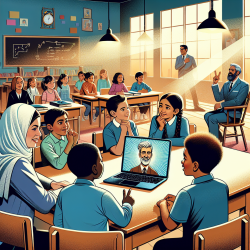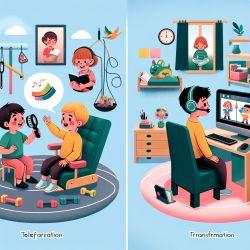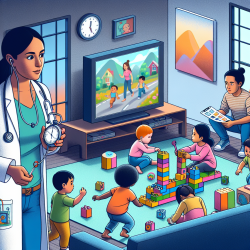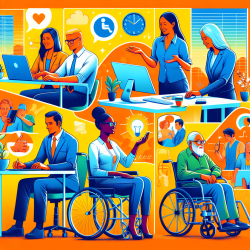Introduction
In recent years, the field of mental health services within schools has witnessed a transformative shift towards online therapy. This evolution is not only reshaping how services are delivered but also enhancing the joy and effectiveness of outcomes for children, especially those with Individualized Education Programs (IEPs). In this blog, we will explore how online therapy is making a significant impact on mental health services in schools, backed by data-driven insights.
The Rise of Online Therapy in Schools
Online therapy, also known as teletherapy, has emerged as a powerful tool in the realm of school mental health services. With advancements in technology, therapists can now connect with students in real-time, regardless of geographical barriers. This accessibility is particularly beneficial for schools in remote areas where mental health professionals are scarce.
Data indicates that schools implementing online therapy have reported a significant increase in student participation and engagement. According to a study conducted by the American Psychological Association, schools utilizing online therapy services saw a 40% increase in student attendance compared to traditional in-person sessions.
Benefits for Kids with IEPs
For children with IEPs, online therapy offers tailored interventions that align with their specific educational and developmental needs. The flexibility of online platforms allows therapists to customize sessions, ensuring that each child's unique goals are addressed effectively.
- Individualized Attention: Online therapy enables therapists to provide one-on-one attention, ensuring that each child's IEP goals are met.
- Data-Driven Progress Tracking: Digital platforms facilitate the collection and analysis of data, allowing therapists to monitor progress and make informed decisions about interventions.
- Engaging Tools and Resources: Interactive tools and multimedia resources make therapy sessions more engaging and enjoyable for kids.
Creating Joyful Outcomes
The joy experienced by students during online therapy sessions is palpable. By incorporating interactive elements and gamified activities, therapists can create an environment that is both therapeutic and enjoyable. This positive experience not only enhances the effectiveness of the therapy but also fosters a love for learning and self-improvement in students.
Furthermore, online therapy reduces the stigma often associated with visiting a therapist's office. Students can participate in sessions from the comfort of their familiar school environment, leading to increased openness and willingness to engage in the therapeutic process.
Conclusion
As mental health professionals working in schools, embracing online therapy can lead to transformative outcomes for children, particularly those with IEPs. By leveraging technology, we can ensure that every child receives the support they need to thrive academically, socially, and emotionally. The data-driven insights and joyful experiences offered by online therapy are paving the way for a brighter future in school mental health services.










